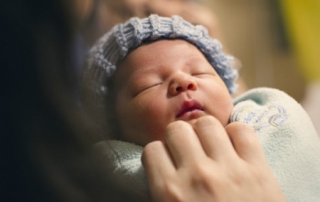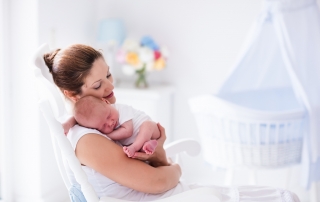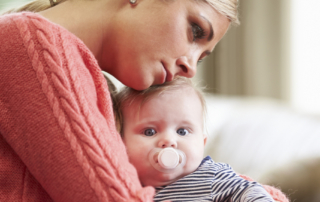Racial Disparities in Perinatal Depression Screening Addressed in Recent Study
Perinatal mood and anxiety disorders (PMADs) including prenatal depression (PND) and postpartum depression (PPD) can have a profound adverse impact on the well-being of mothers, newborns, and entire families. It is estimated that 20%-25% [...]









